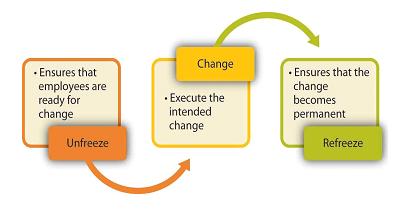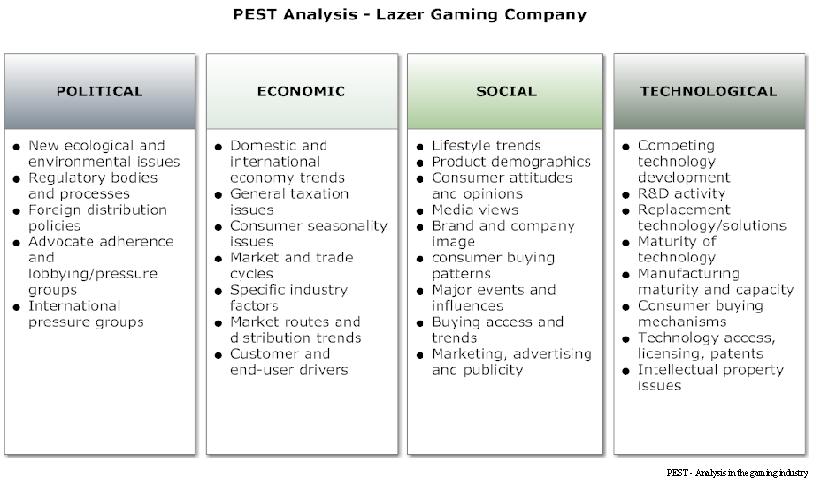|
|
|
THE IMPACT OF ORGANIZATION CHANGE TO THE ECONOMY
| |
| 12.06.2014 00:51 |
|
Автор: Muzam John, PhD Student, Department of Economic Security, KROK University Of Economics and Law, Kiev, Ukraine
|
|
[Секція 2. Менеджмент. Маркетинг;] |
Abstract: This paper relate and examined how change in an organization has an impact to the development of an economy. This impact maybe direct or indirect. It is relate important change management factors and analysis which can be used to understand the organisation and its environment.
Key Words: Change, markets , the environment and the organization,
Free-market environmentalism emphasizes markets as a solution to environmental problems. Proponents argue that free markets can be more successful than government—and have been more successful historically—in solving many environmental problems[ Richard L. Stroup].The state is not an isolated economy on its own. There are multiple factors that influence the advancement of an entire economy. Factors such as natural Resources, Labor, Capital, Technological Advances, Free Trade as technology, Property Rights Structure, Economic Freedom ( Economics Econ 210 & 211: Roger A. Arnold).
The role of an organization is to perform its functions which might be design and production, sales and marketing, administration, human resource, research and development, etc. in the production of it is good and services. Each of the functions will need to work together so that the whole the organisation has the same aims and objectives. Managing these is functions is key activity. A starting point for this type of management is the creation of a clear set of company objectives which each function is aware of. These objectives then need to be further broken down into specific objectives for each function. Regular reviews and analysis is performing against it’s overall objective in order to ensure that the whole company is pulling in the same direction.The above function of an organization has tremendous impact on the environment in which its operate. In view to achieve his objectives, the organization undertake several change management analysis. The change in the organization also has an indirect or direct impact to it surrounding.
The Change management is a common thread that runs through all businesses regardless of size, industry and age. The organizational change is one of the major change that impact the global economy. One of the cornerstone models for understanding organizational change was developed by Kurt Lewin back in the 1950s, and still holds true today. His model is known as Unfreeze – Change – Refreeze, refers to the three-stage process of change he describes. Lewin, a physicist as well as social scientist, explained organizational change using the analogy of changing the shape of a block of ice.
THREE CHANGE APPROACHES
Change involves a sequence of organizational processes that occurs over time. Lewin (1951) suggests this process typically requires three steps: unfreezing, moving, and refreezing.
Unfreeze
This stage inmplies reducing the forces acting to keep the organization in its current condition. Unfreezing might be accomplished by introducing new information that points out inadequacies in the current state or by decreasing the strength of current values, attitudes, and behaviors. Crises often stimulate unfreezing. Examples of crises are demographic shifts in population, a sudden increase in employee turnover, a costly lawsuit, and an unexpected strike. Unfreezing may occur without crises as well. Climate surveys, financial data, and enrollment projections can be used to determine problem areas in an organization and initiate change to alleviate problems before crises erupt.
Change
Once the organization is unfrozen, it can be changed by moving. This step usually involves the development of new values, attitudes, and behaviors through internalization, identification, or change in structure. Some changes may be minor and involve a few members—such as changes in recruitment and selection procedures—and others may be major, involving many participants. Examples of the latter include a new evaluation system, restructuring of jobs and duties performed by staff, or restructuring a department or entire organization, which necessitates relocating staff to different sites within the organization.
Refreeze
This third stage change process involves stabilizing the change at a new quasi-stationary equilibrium, which is called refreezing. Changes in organizational culture, changes in staff norms, changes in organization policy, or modifications in organizational structure often accomplish this.

Change is mostly caused by chaotic factors. Chaos Theory taught us that nature most often works in patterns, which are caused by the sum of many tiny pulses[ Sigmund Freud]. Therefore analysing the environment of the organization is however vital. PESTLE mostly called PEST analysis is a good concept for analysing the organization’s environment. [PESTLE ; P for Political, E for Economics for Social, T for Technological, L for Legal and E for Environmental]. This concept is used as a tool by companies to track the environment they’re operating in or are planning to launch a new project/product/service etc.It is very critical for one to understand the complete depth of each this factors as slated below:
1. Political: These factors determine the extent to which a government may influence the economy or a certain industry. The imposition of a new tax or duty due to which entire revenue generating structures of organizations might change. Political factors include tax policies, Fiscal policy, trade tariffs etc. that a government may levy around the fiscal year and it may affect the business environment (economic environment) to a great extent.
2. Economic: These factors are determinants of an economy’s performance that directly impacts an organisation and have resonating long term effects. [For example] a rise in the inflation rate of any economy would affect the way companies’ price their products and services. Adding to that, it would affect the purchasing power of a consumer and change demand/supply models for that economy. It include inflation rate, interest rates, foreign exchange rates, economic growth patterns etc.
3. Social: These factors scrutinize the social environment of the market, and gauge determinants like cultural trends, demographics, population analytics etc. An example for this can be buying trends which may be caused by indirectly by the availability of foreign student in Ukraine.
4. Technological: These factors pertain to innovations in technology that may affect the operations of the industry and the market favorably or unfavorably. This refers to automation, research and development and the amount of technological awareness that a market possesses.
5. Legal: These factors have both external and internal sides. There are certain laws that affect the business environment in a certain country while there are certain policies that companies maintain for themselves. Legal analysis takes into account both of these angles and then charts out the strategies in light of these legislations e.g. consumer laws, safety standards, labor laws etc.
6. Environmental: These factors include all those that influence or are determined by the surrounding environment. This aspect of the PESTLE is crucial for certain industries like in tourism, farming, agriculture etc. This factor might also include but are not limited to climate, weather, geographical location, global changes in climate, environmental offsets etc.

Looking at this analysis we will see that every organization has a direct or indirect influence to the environment in which it operate in. It therefore influences a change in any organization influences the development of that economy or the economy in general. An example of PEST - Analysis in the gaming industry above.
The prospect of developing a modern state development of numerous factors that has direct or indirect relationship to the global economy. It requires the investigations of problems and facts relation to organizational development, etc. Problem solving requires two important and complementary forms of search: searching for information (for the facts that may be important pieces of the puzzle) and searching for solutions (for theories that combine puzzle pieces into an answer)[ Harvard Publication March 2014 ] Organizations might be wise to adopt different communications structures for different phases of collective problem solving.
References:
1. Roger A. Arnold , The Economics Acp Econ 210 and 211 , 2008
2. The concise Encyclopedia of Economics; Free- Market Environmentalism , Richard L. Strou.
3. Jesse Shore, Ethan Bernstein,David Lazer, Harvard Business School, Working Paper No. 14-075, 18 March 2014; Facts and Figuring: An Experimental Investigation of Network Structure and Performance in Information and Solution Spaces. http://hbswk.hbs.edu/item/7495.html
4. http://www.howtochangemanagement.com/p/theory.html
5. http://www.abarim-publications.com/ChaosTheoryIntroduction.html#.U5cNqfl_stE
6. http://pestleanalysis.com/
|
|
 Ця робота ліцензується відповідно до Creative Commons Attribution 4.0 International License Ця робота ліцензується відповідно до Creative Commons Attribution 4.0 International License
|
|
|









